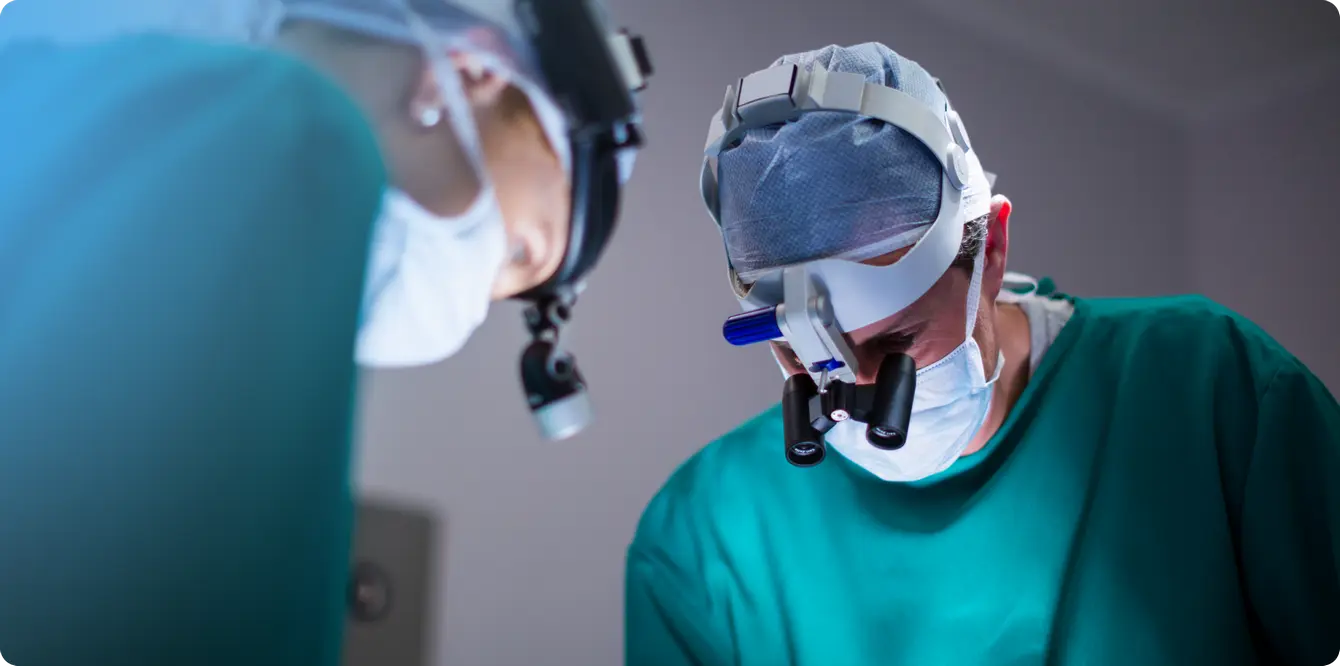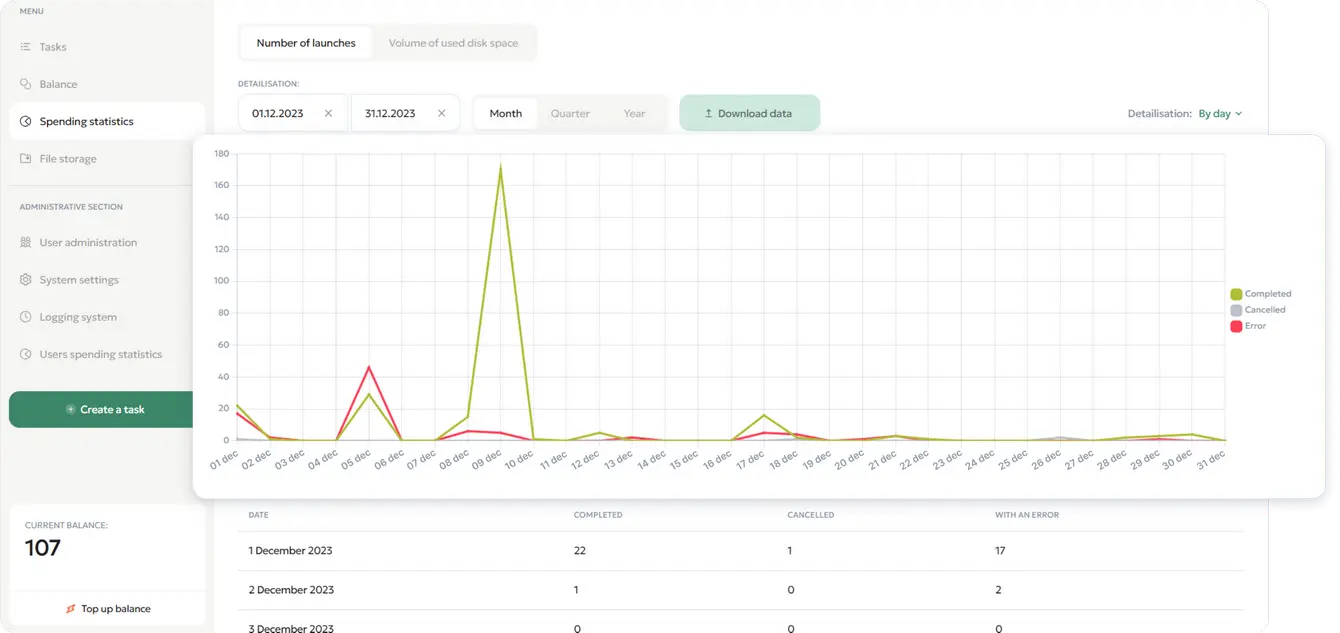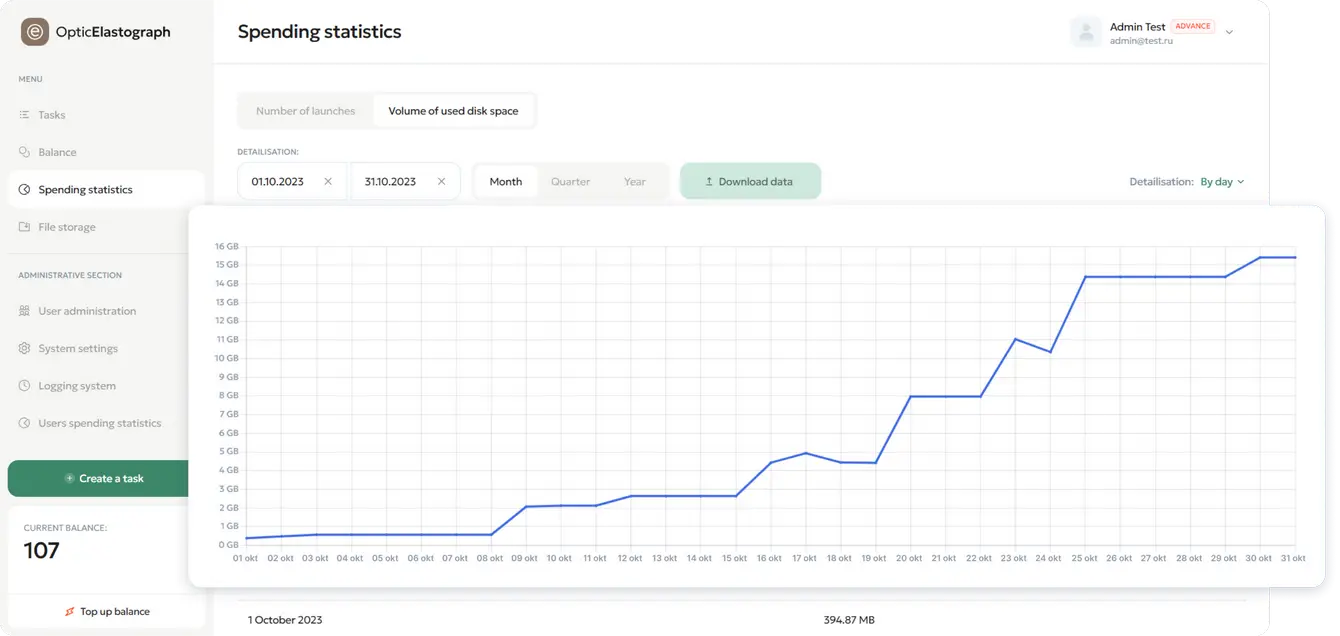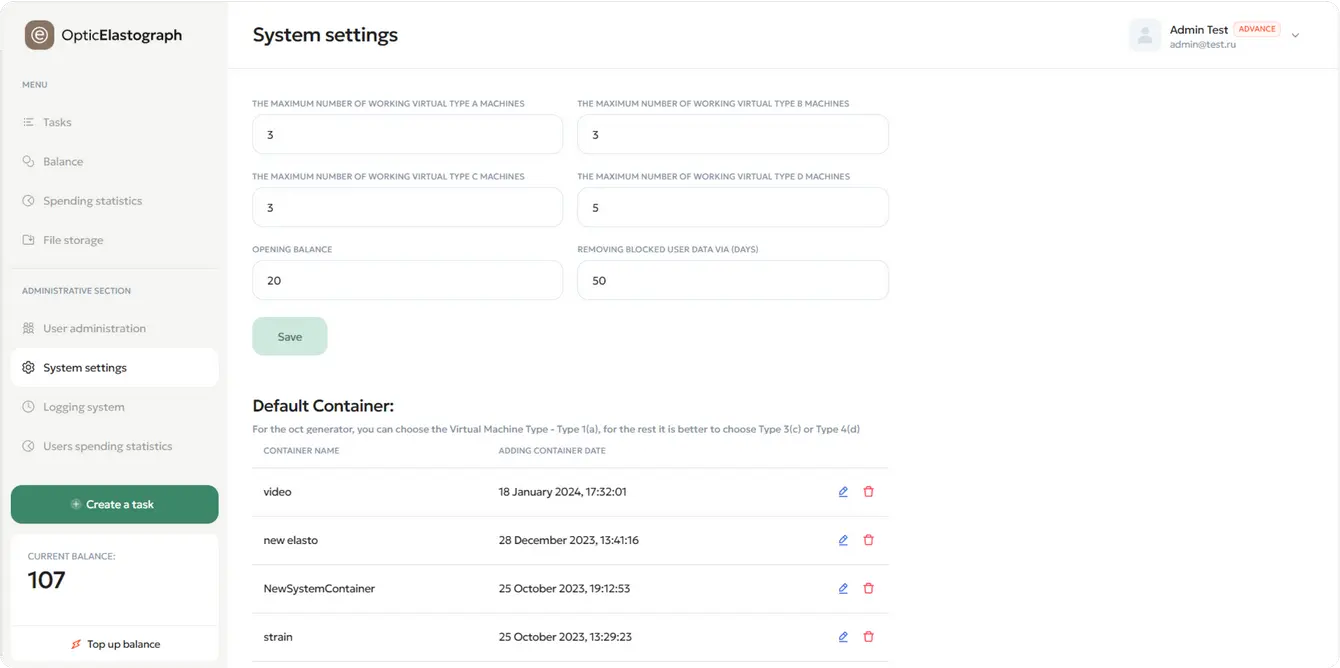OpticElastograph
A Research Platform for Oncology, Dermatology, and Surgery

A Research Platform for Oncology, Dermatology, and Surgery
Type
App, Product
Release date
Q2 2023 in developing
Deliverables
UX Wireframe, UI Design, Development
MAIN OBJECTIVE
In collaboration with OpticElastograph, we developed a web platform equipped with a computational cluster to aid scientists and researchers in combating cancer and other serious diseases.This platform is intended for use in oncology, surgery, cosmetology, and dermatology research. It has garnered global market interest, having been showcased in China and the UAE, with plans for presentations in the USA.

The OpticElastograph web platform facilitates the operation of tomographic scan processors. The algorithms are crafted using statistical machine learning methods such as PCA (Principal Component Analysis), LDA (Linear Discriminant Analysis), and SVM (Support Vector Machines). Processing is streamlined through Octave in a containerized execution on a computational cluster, which is designed by DevOps engineers at Oceanstart Company and can be deployed in any cloud data centre.
Software packages currently can be installed on the PCs of researchers or medical practitioners for stationary use. Moving these software packages to the web platform opens new opportunities for research scaling.
The service is administered by employees of OpticElastograph LLC. They have access to user accounts and balances, assign unique containers for processing to users, and configure the fields within these containers that the system will analyse.
In the interface, this is how adding a new processor to the platform looks. There is an option to enter the required parameters and the power of the virtual machine necessary for processing.
Users of the platform — researchers, scientists, and medical staff from clinics and laboratories — upload scans to the system and initiate processing tasks.
Since tomographic scans are heavily-weighted to upload through a web interface, an S3 storage solution is utilised for uploading scans. This allows for efficient, large-scale data management, ensuring that even high-volume scans are easily accessible to users without compromising performance. This system supports seamless integration with the cloud infrastructure, enabling swift and secure data transfer.
After uploading scans, users create a task and start analysis. The service is integrated with a processing cluster: the cluster performs the task, and the service displays the results in the interface. Tasks can be launched in bulk by selecting multiple scans from the file storage. Users can choose groups and parameter fields for analysis depending on the results they aim to achieve. The results of the scan processing are saved in the user’s account, allowing them to revisit them later.
To optimise operations, the service includes dynamic load management: when a load arises, the system creates virtual machines to handle the tasks and removes them once the load subsides.
The platform contains a multitude of programs for processing and allows customization of the oftware to meet the specific needs of individual clients. For example, adding algorithms tailored for specific tasks, biotissues, organs, and devices from different manufacturers.
For example, the processing allows for the segmentation of the top layer of biological tissue in a three-dimensional OCT scan, with the ability to view and assess the average thickness of the layer frame by frame and across the entire three-dimensional image.
The processing enables the analysis of tissue biomechanics. The interface displays a structural image, elastogram, stiffness spectrum, and the relationships between parameters: pressure versus deformation of the biological tissue, stiffness versus deformation, and stiffness versus pressure. You can manage processed tasks in the list: open for viewing, download results, repeat, or complete if the task has not yet been finished.
The service is monetized through tariffs. Users have a balance — the number of container launches available to them for processing, which can be topped up through a request to the administrator. Tasks for processing scans are queued, with priority given to tasks from users with the highest tariff.
Users with lower tariffs need to wait slightly longer: for every 10 tasks processed for a user with the highest tariff, the system processes one task for a user with a standard tariff.
Both users and administrators have access to detailed statistics on completed tasks and expenditures. Research centres, clinics, or other organisations can generate reports on costs and processed scans, as well as monitor the volume of the file storage where scans are uploaded.
This is what the task statistics screen looks like over time: successful, failed, and cancelled tasks:

Statistics on occupied cloud space over time:

Statistics on system settings available to the administrator:

The OpticElastograph scan processing platform has been created, tested, and is preparing for mass market release. The service, tailored for English-speaking users, has generated interest in the global market: it has already been presented in China and the UAE, with plans for demonstrations in the USA.
A trend in healthcare is the use of artificial intelligence technologies to automate disease diagnostics, monitor indicator dynamics, adjust drug dosages, and increase the precision of surgical procedures. Developers are also testing the application of neural networks to process scan data and detect pathologies.
Technology stack
Wireframing


Design

Front-end



Back-end








Project team
Marketing
Adam Grigoryan
Development
Dmitriy Voropaev, Kirill F
Art-direction
Eugene Ruychin
Design
Vladislav Tushkin
Fill the form and we will be in touch shortly.